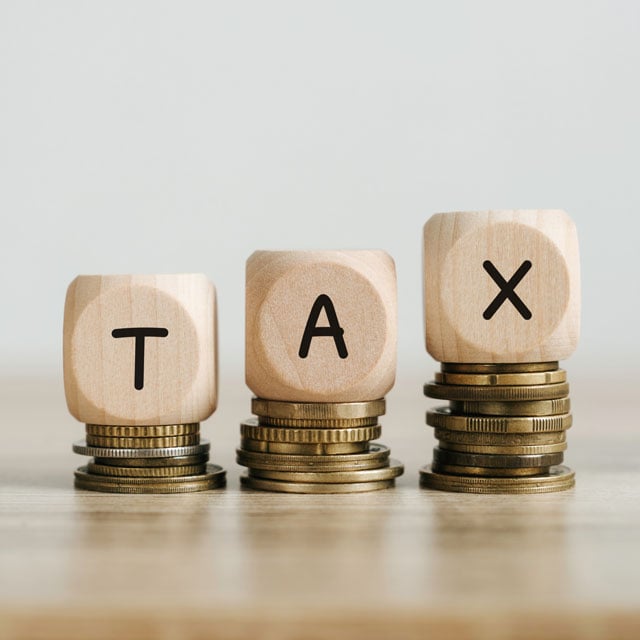Falcon
NOT FOR REPRINT
IRS: 6 Reasons a Stimulus Check Could Be Less Than Expected
By
Jeff Berman
Slideshow May 12, 2020 at 02:05 PM
Share & Print
Many Americans who have been looking forward to receiving Economic Impact Payments from the Treasury may be disappointed when they actually receive it in the mail or through direct deposit and quickly realize that the amount is lower than they had expected. There are six main reasons why that would be the case, according to the Internal Revenue Service, which has, with the Treasury Department, delivered almost 130 million EIPs to Americans in less than a month, with more on the way. All is not necessarily lost, however. In many of these cases, taxpayers may be able to claim an additional amount on the 2020 tax return they file next year. Payment amounts, of course, vary based on income, filing status and family size. For taxpayers earning more than $75,000 in adjusted gross income, or $150,000 for a couple, the payments are gradually phased out. Those with AGIs above $99,000 or $198,000, respectively, are not eligible. Check out the gallery above to see six situations in which taxpayers may get smaller payments than they expected. --- Related on ThinkAdvisor:
NOT FOR REPRINT
© Touchpoint Markets, All Rights Reserved. Request academic re-use from www.copyright.com. All other uses, submit a request to [email protected]. For more inforrmation visit Asset & Logo Licensing.
Featured Resources
View All
Sponsored by Axos Advisor Services
Integrated Banking Solutions: How To Enhance Client Services and Grow Your Business

Sponsored by Optifino
Three Macro Trends Impacting Long-Term Care: Trends, Solutions & Client Conversations

Sponsored by Vanilla
The Missing Piece: Why Advisors Who Skip Estate Planning are Failing Their Clients






